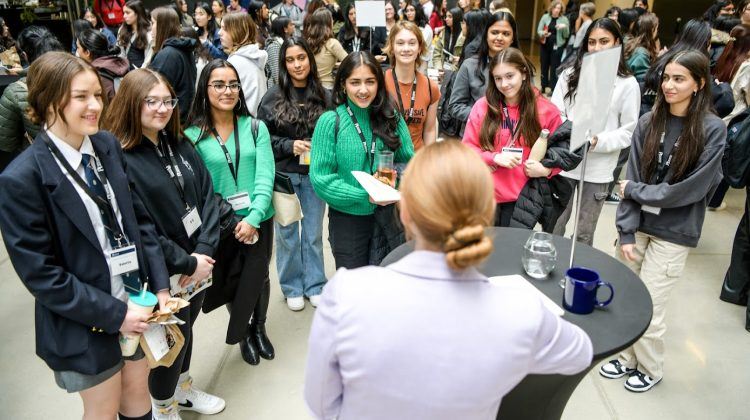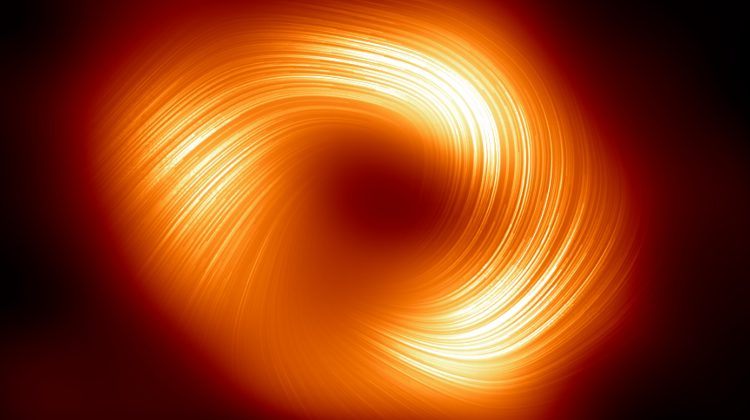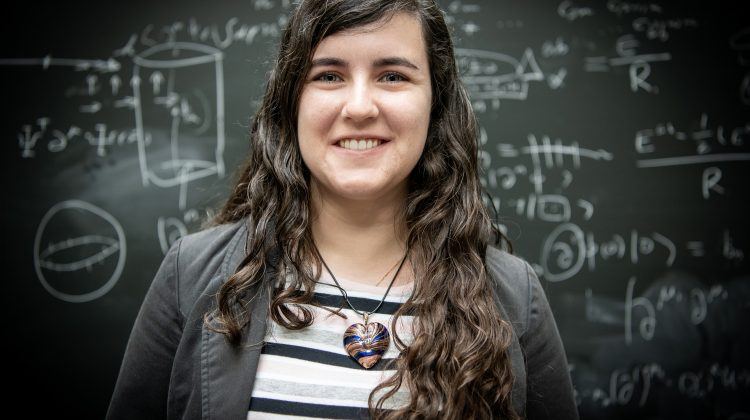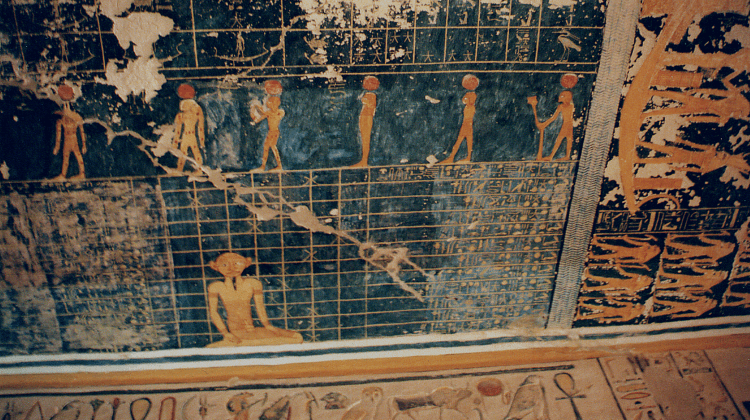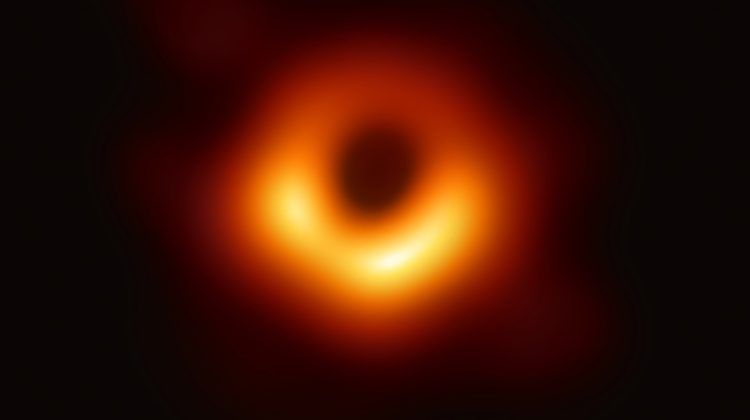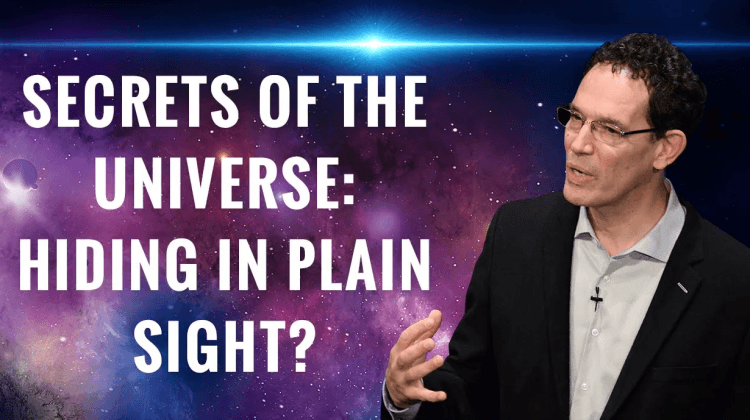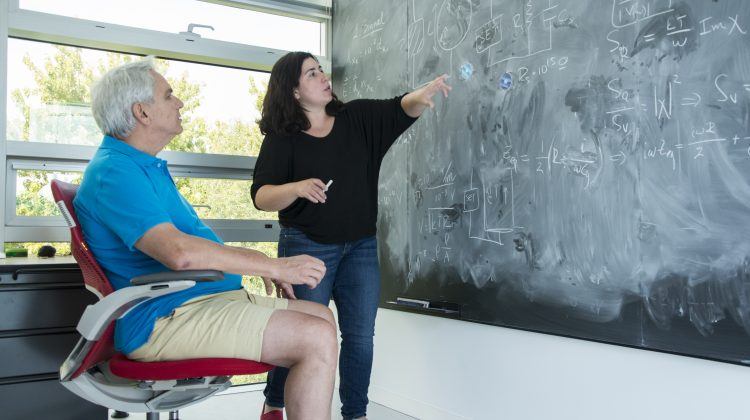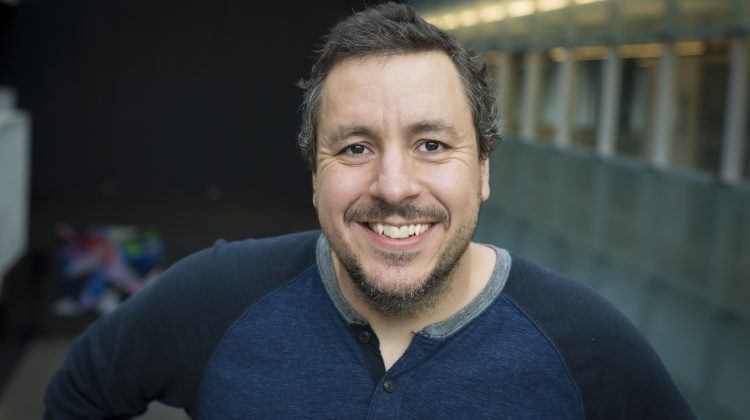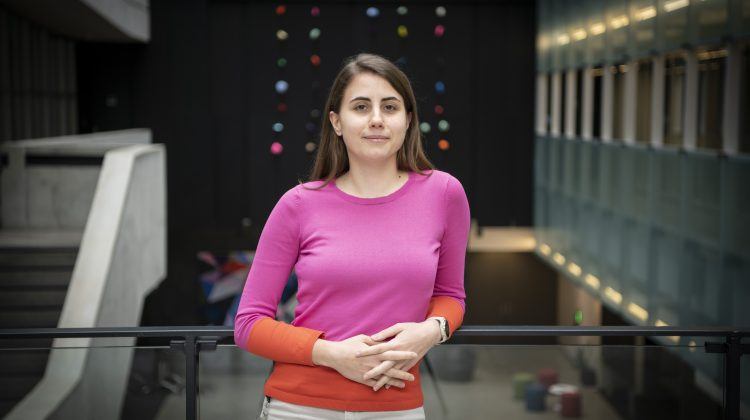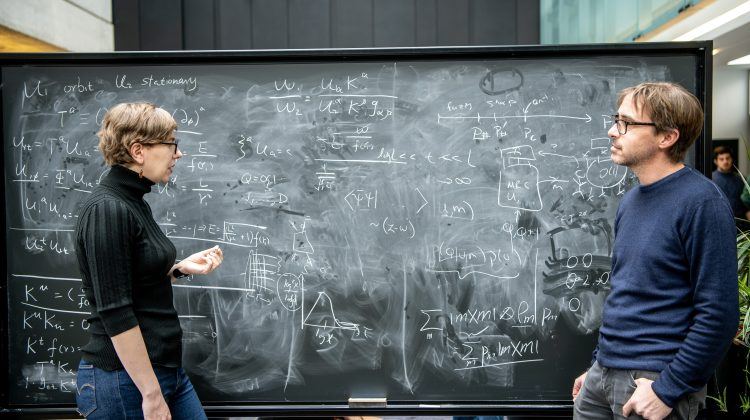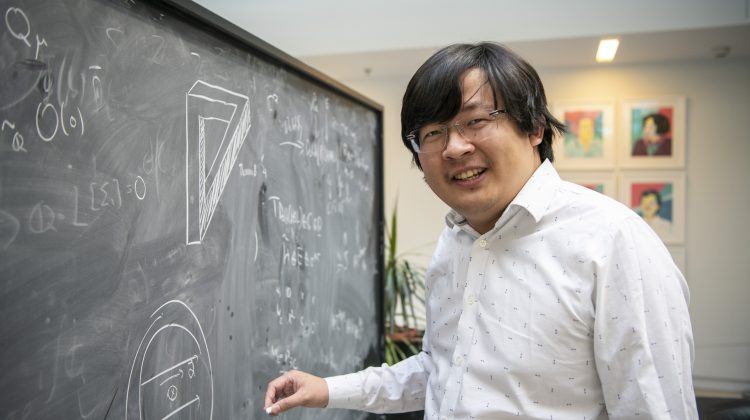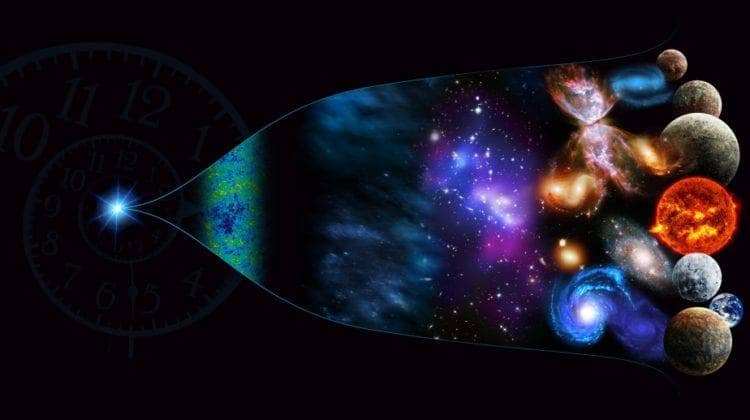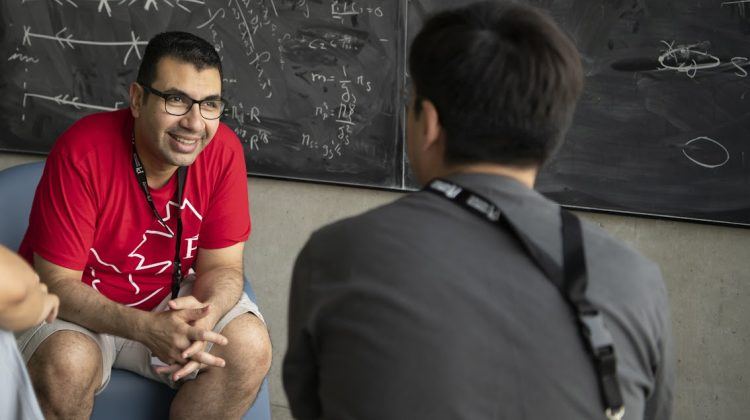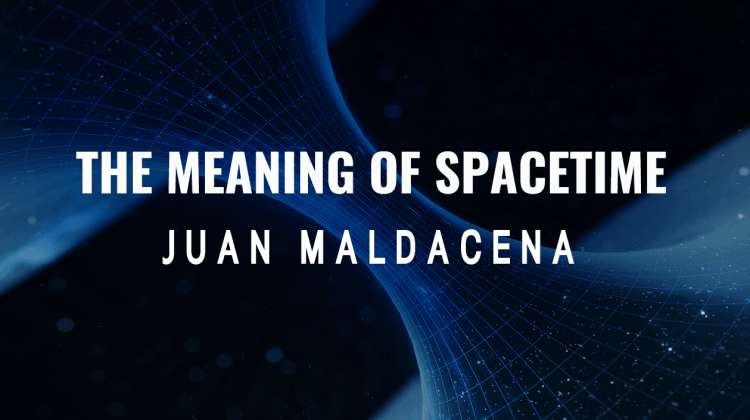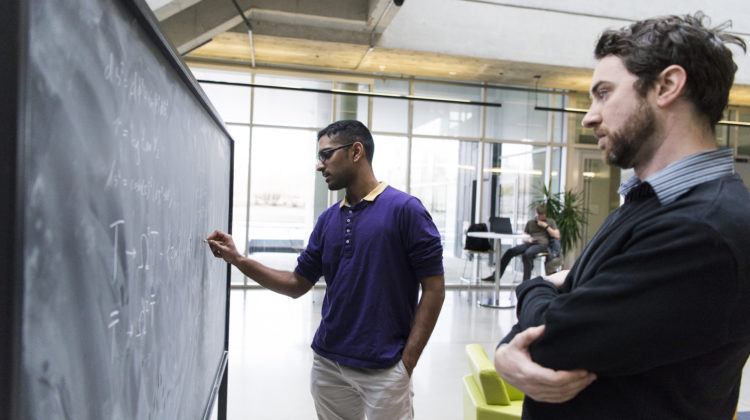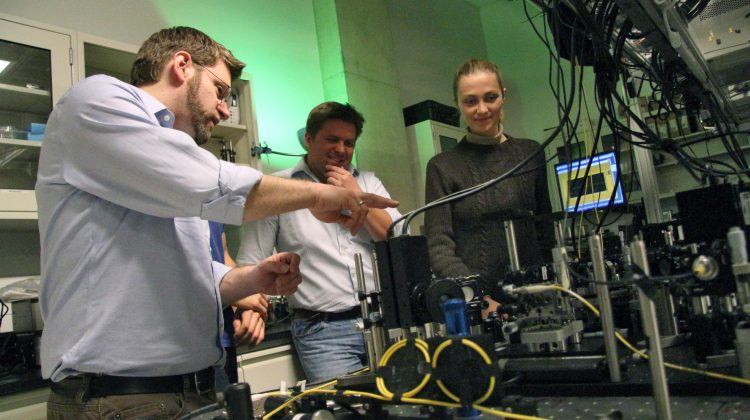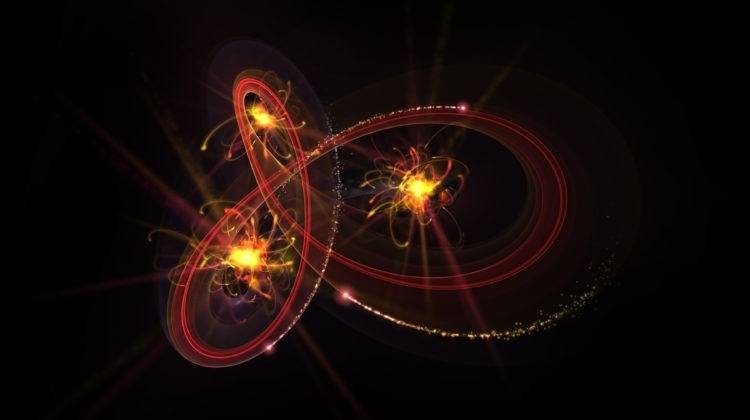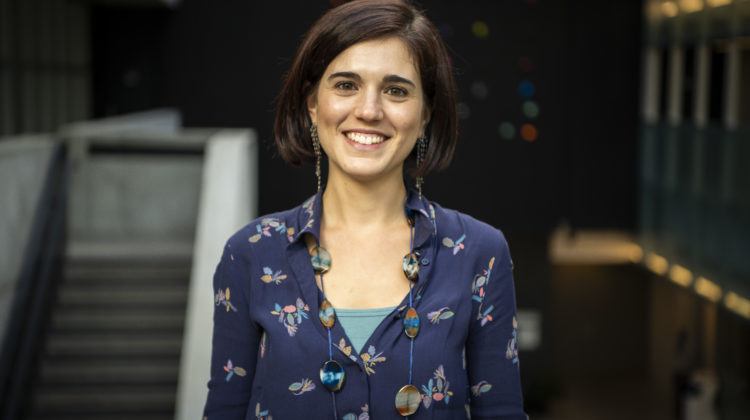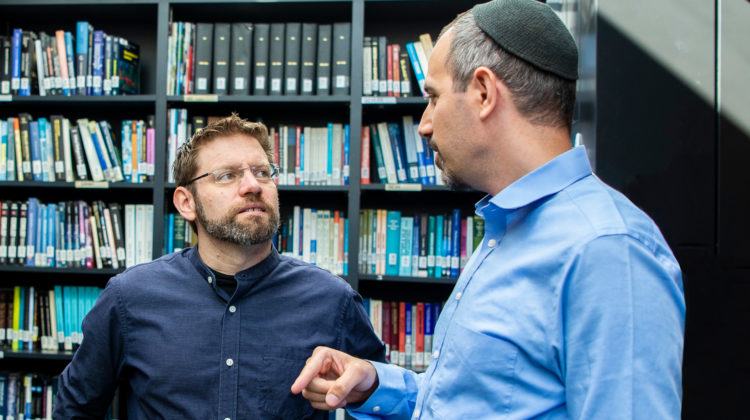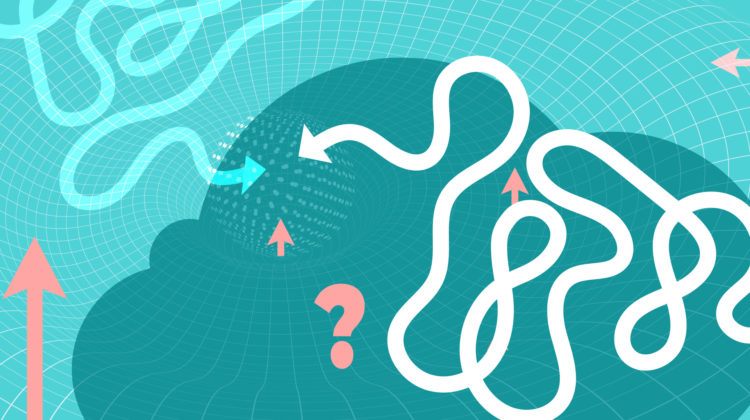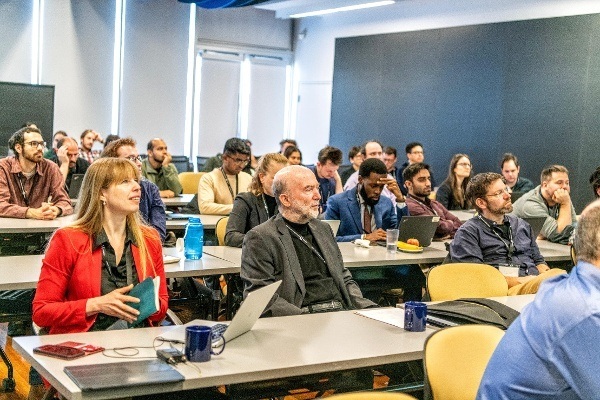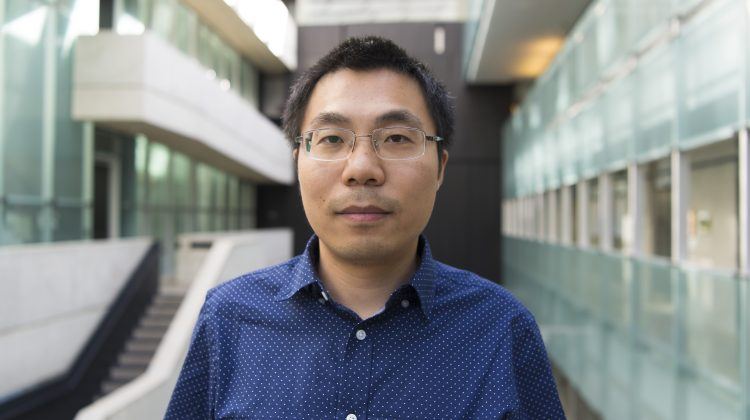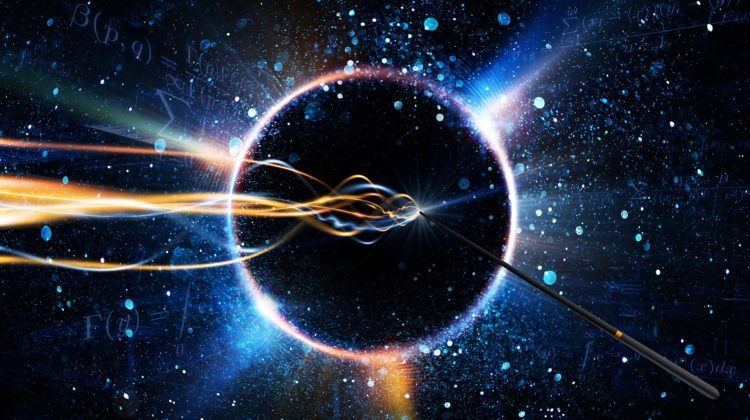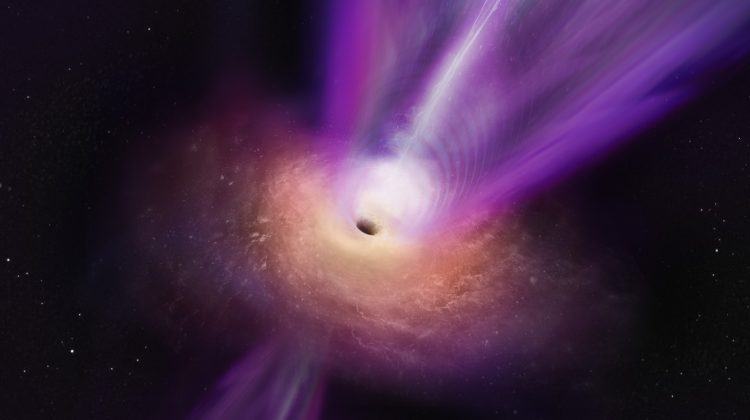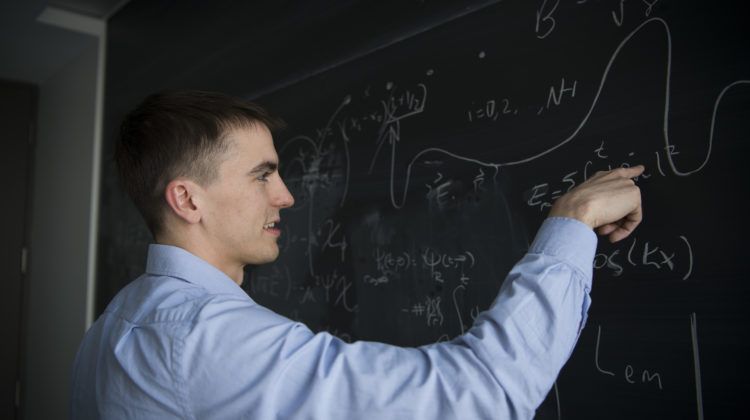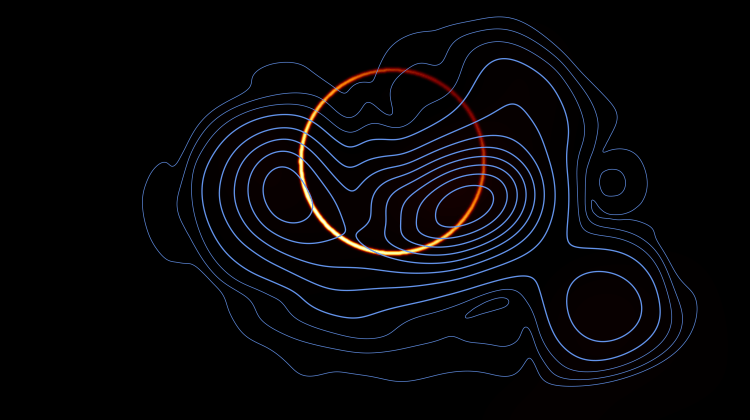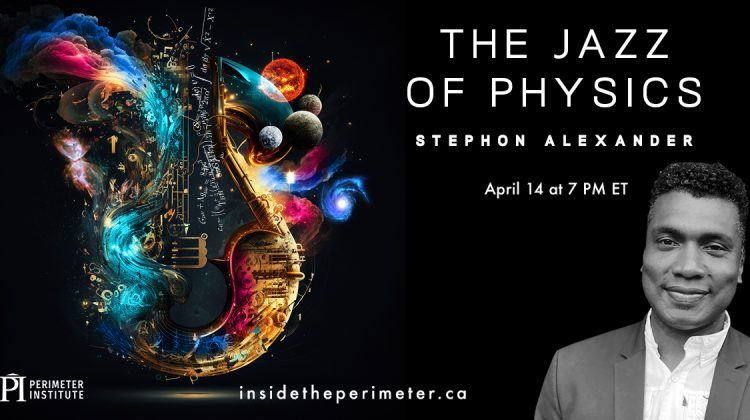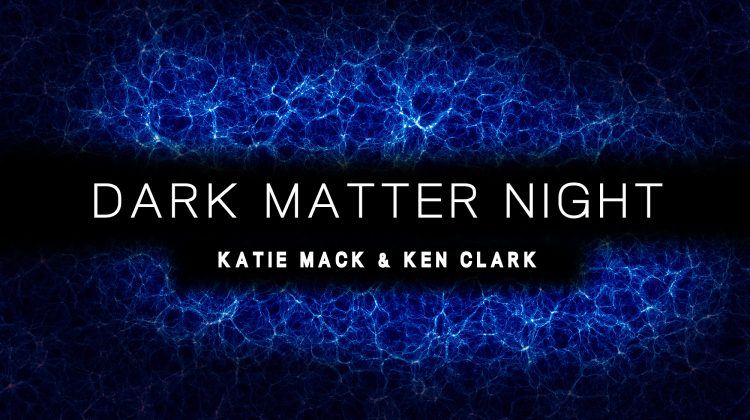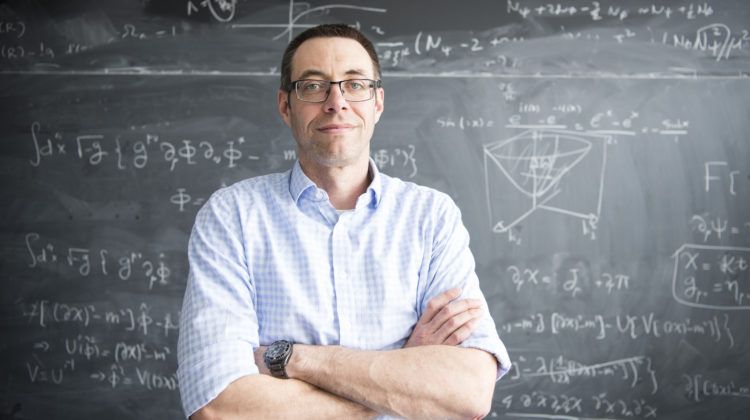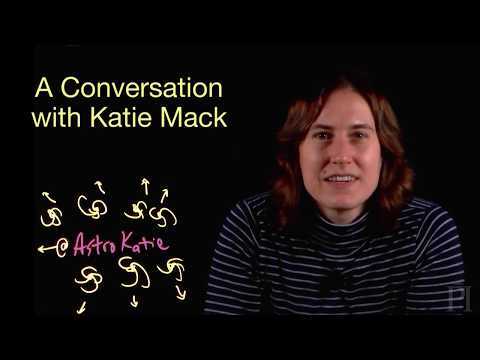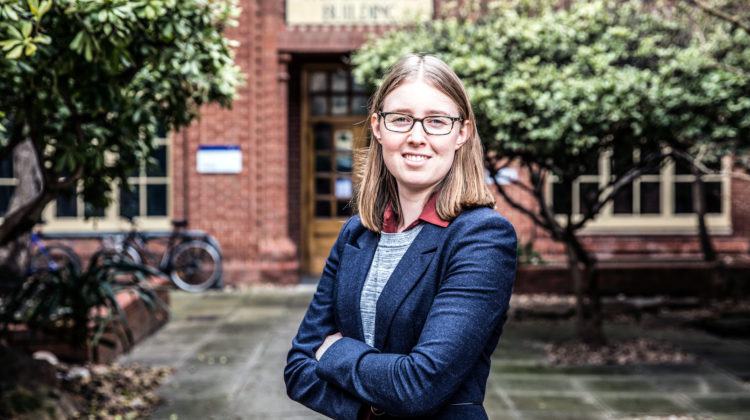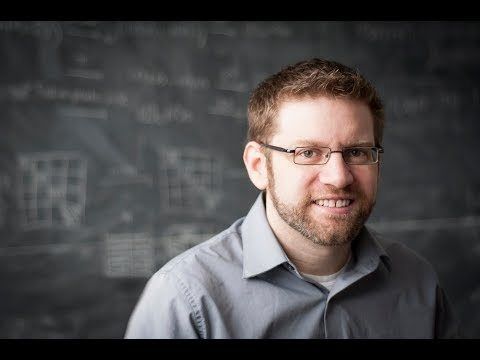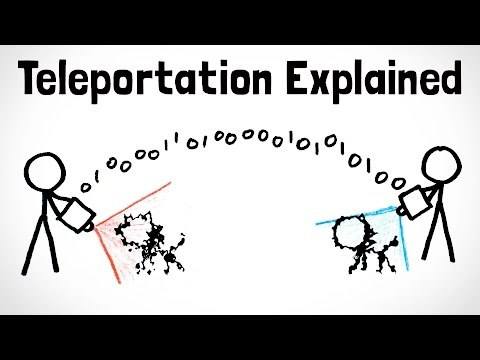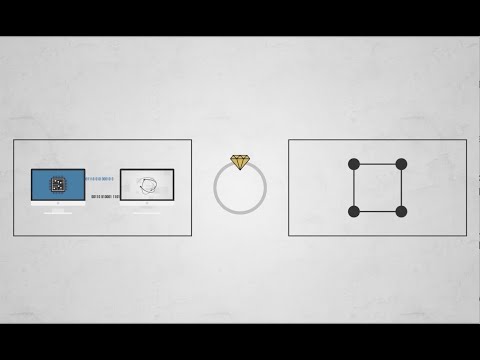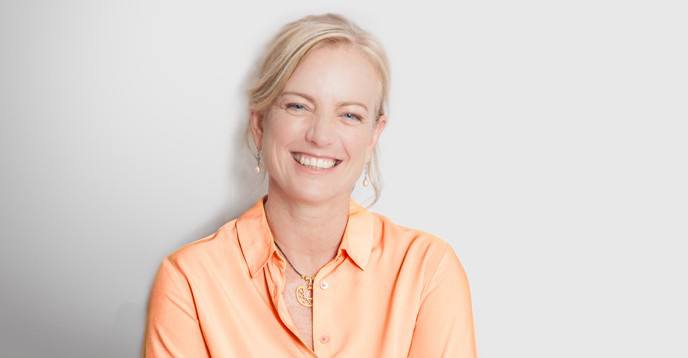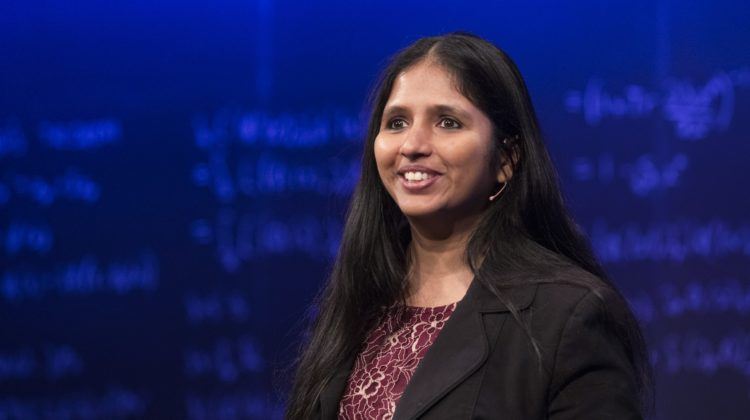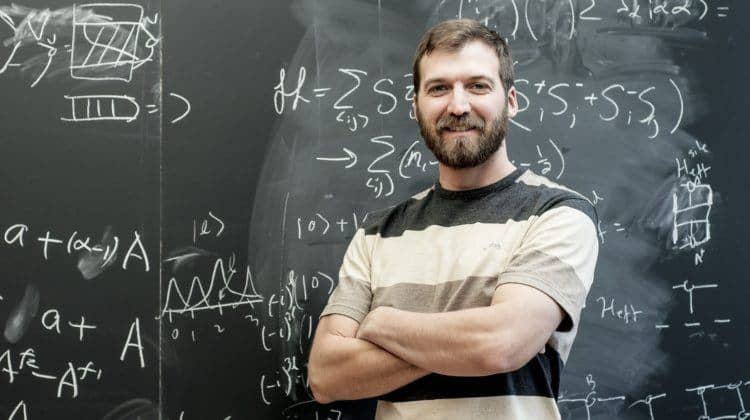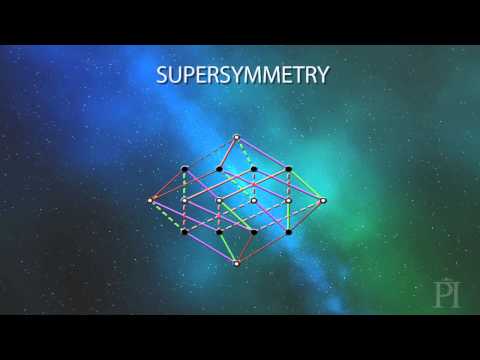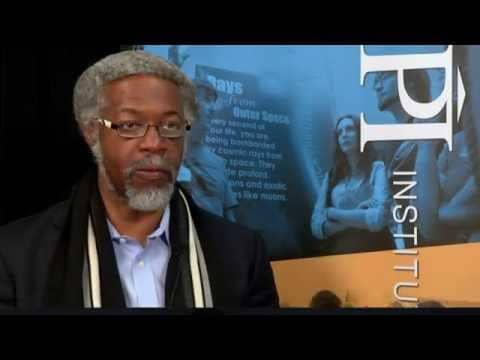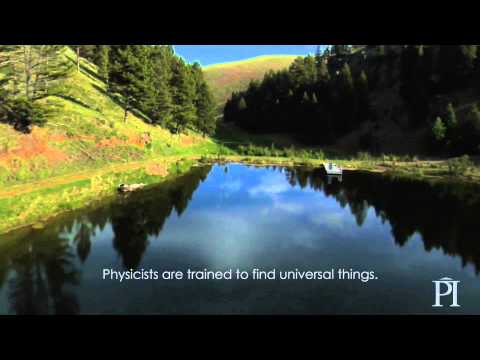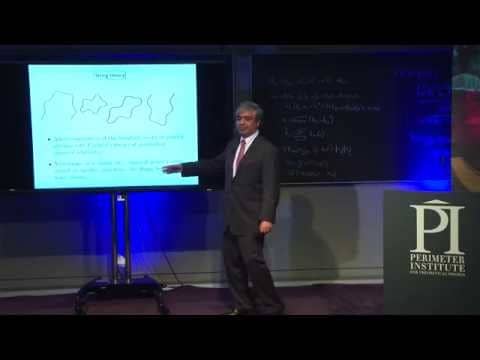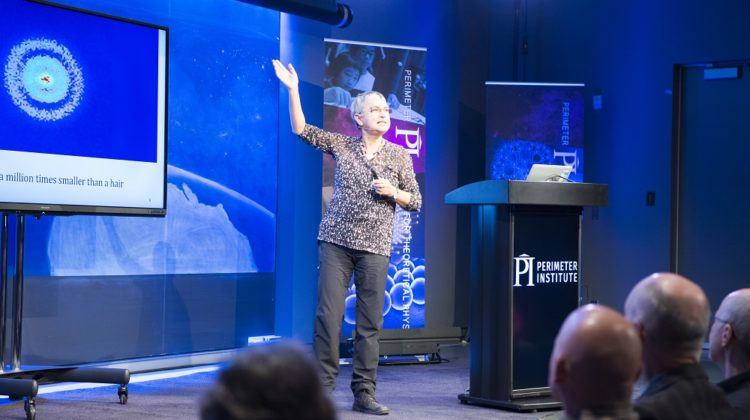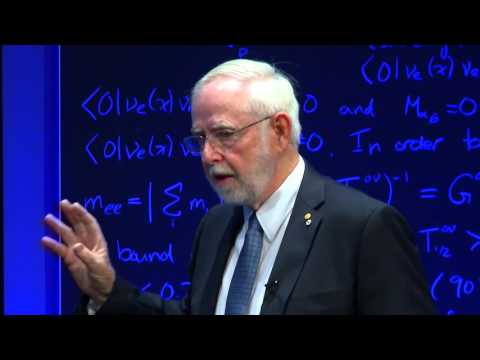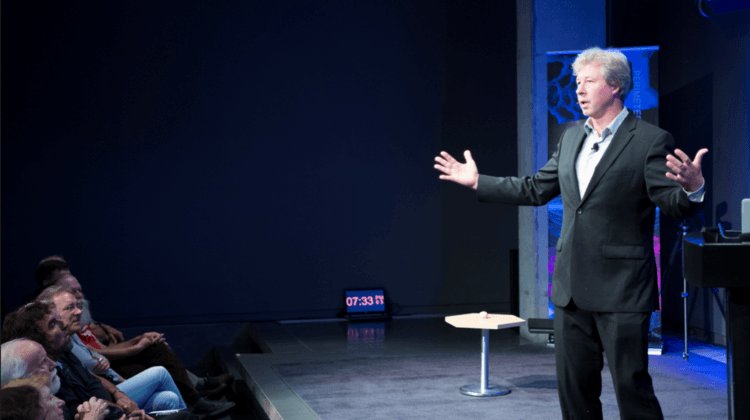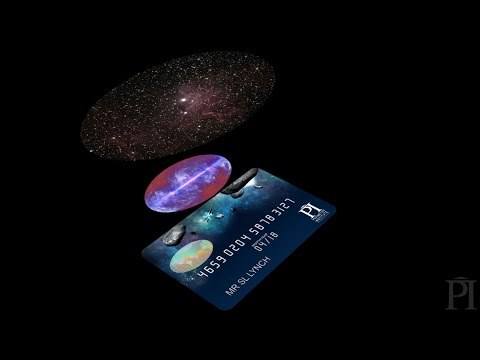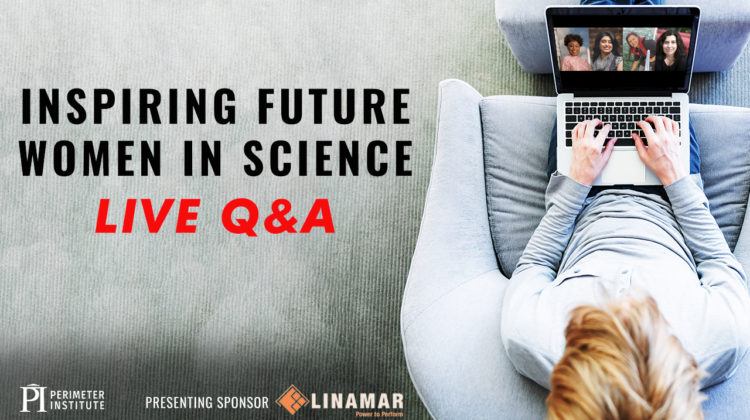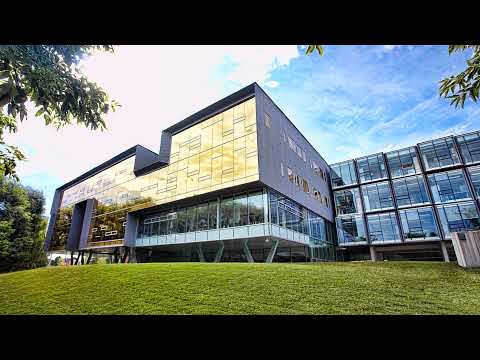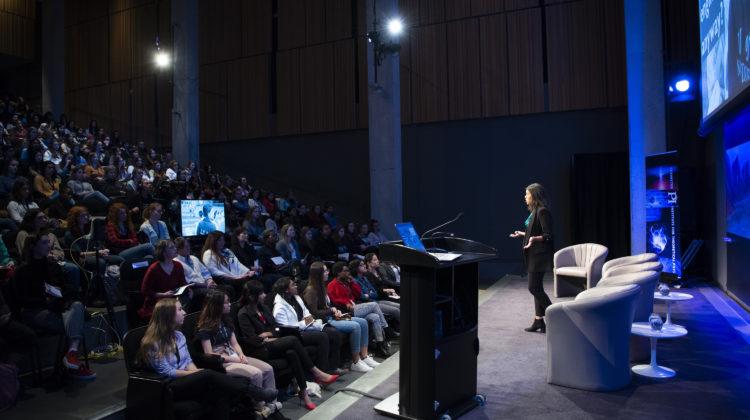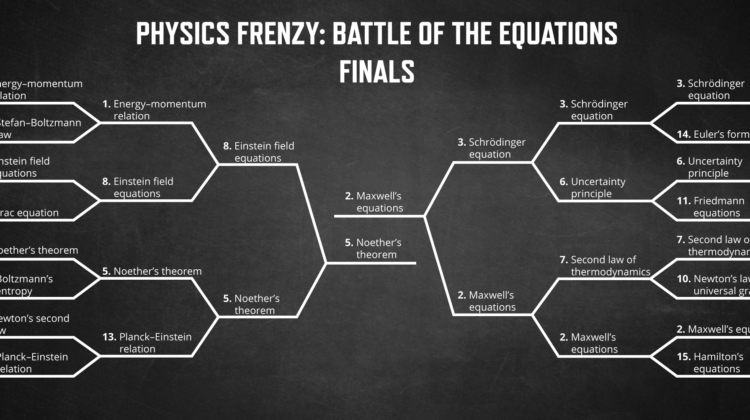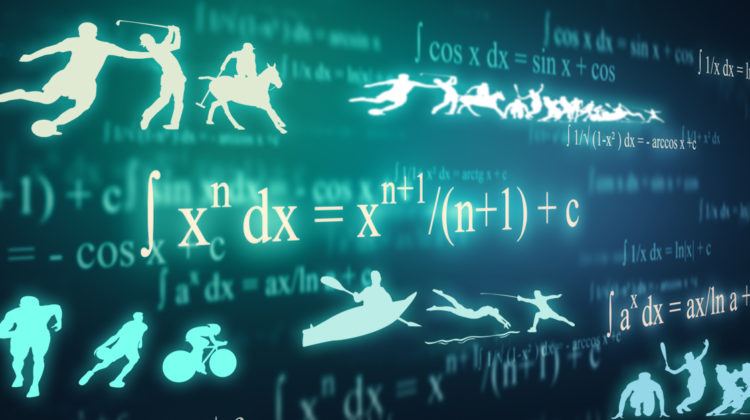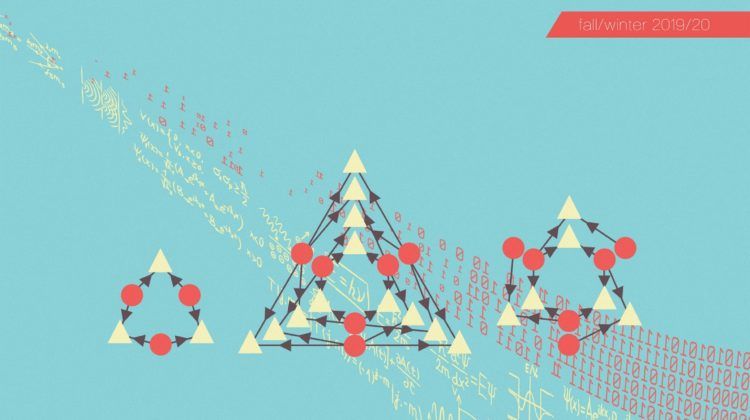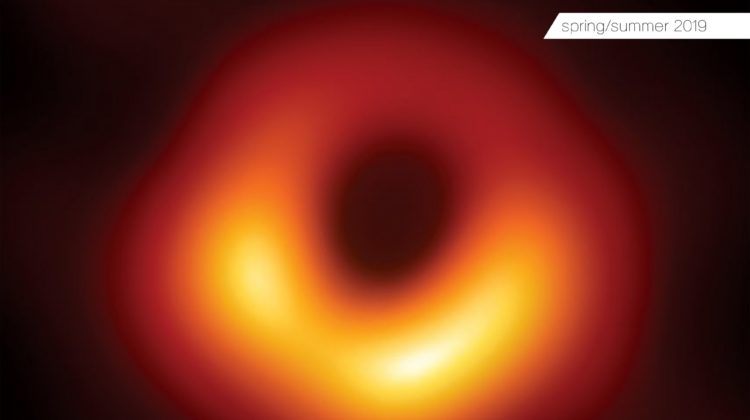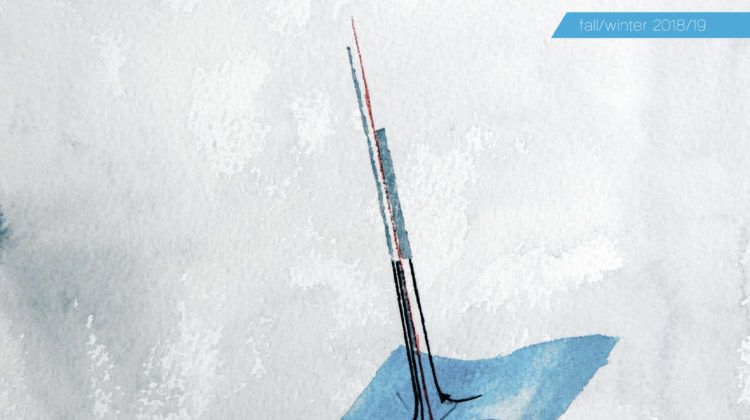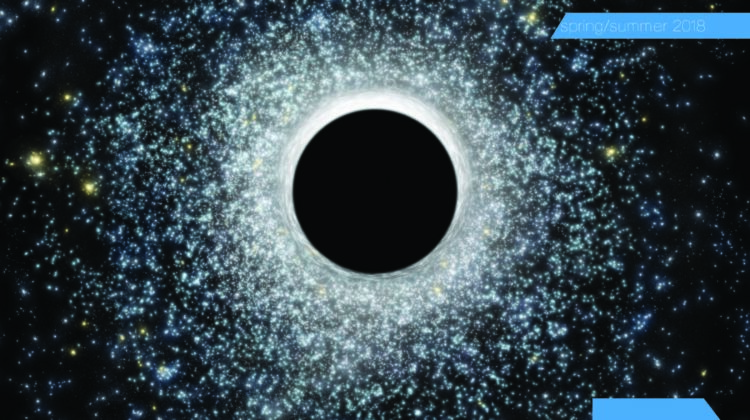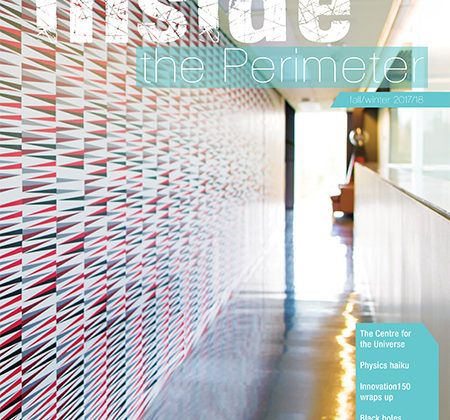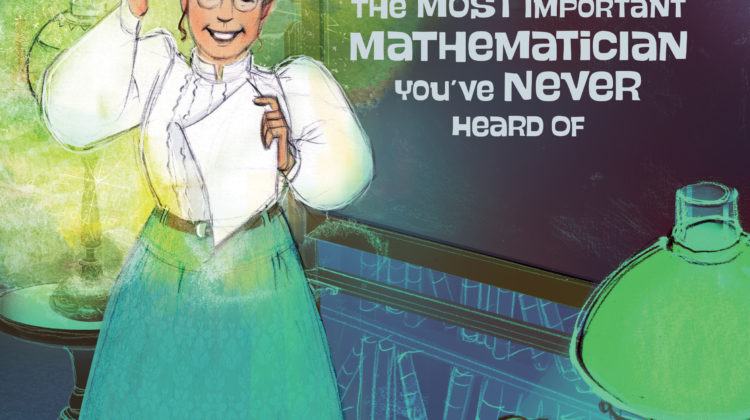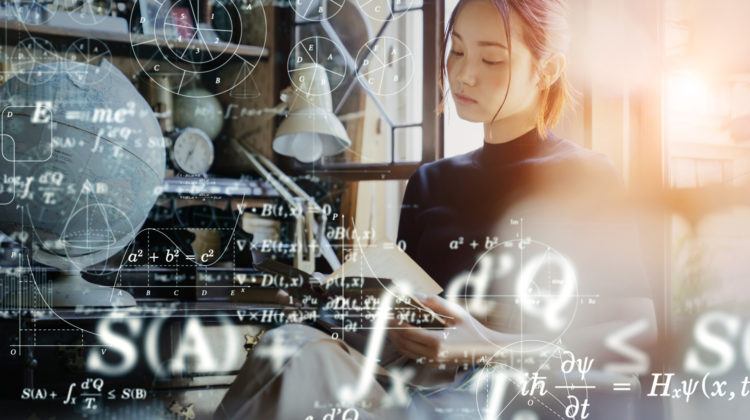PI Kids are Asking: How does an egg stand on its tip?
Sarah knows that the egg can’t rise without a force acting on it, so she wants to know – what gives?
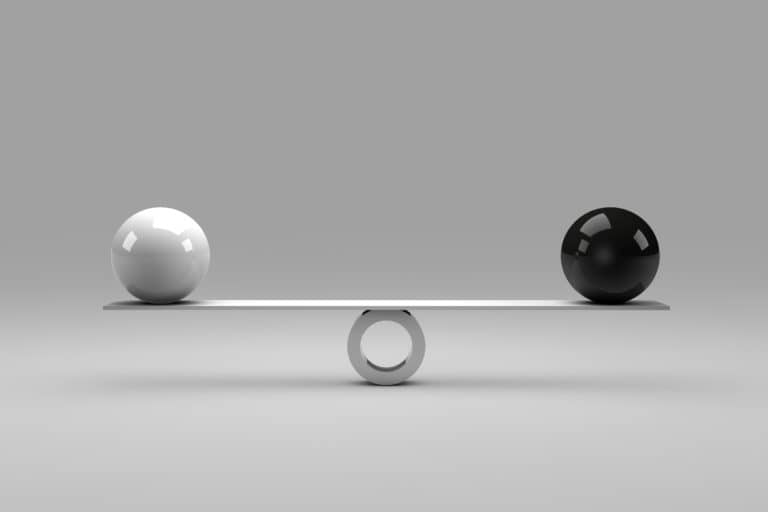
The question: Sarah just saw someone do the rising egg trick. Take a hard-boiled egg and start it spinning on its side on a flat surface. If it’s going fast enough, the egg will slowly wobble up until it’s spinning on one of its ends, like a top. (If you try this – and please do – you should know it will not work with a raw egg, because the egg goop sloshing around inside the shell changes things. You need a hard-boiled egg, or a fake one made of wood, plastic, or even chocolate.) Sarah knows that the egg can’t rise without a force acting on it, so she wants to know – what gives?
You’re right, Sarah – the centre of mass of the egg can’t rise without a force acting on it. If it could, then eggs (and other things) could just float up off the table, which thankfully is not the case. But in this case, the centre of mass of the egg really is rising, going from half an egg-width off the table to half an egg-length off the table – a small rise, but a real one. The rising egg trick really does look magic.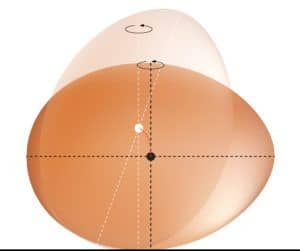
But it’s not magic – because there really is a force. “Centre of mass” is one of those physics phrases that looks abstract and scary, until you start playing around. In this case, try balancing things. Lay a pencil across one finger. If your finger is pretty much in the middle of the pencil, the pencil won’t fall because your finger is under the point of balance – the pencil’s centre of mass. If you try the same thing with a hammer, you’ll find your finger needs to be very close to the hammer head, because the head is much heavier than the handle. The hammer’s balance point – its centre of mass – is not in its physical centre. The centre of mass is the point where the weight balances in all directions.
When things spin, they like to spin around their centre of mass. If you spin your pencil and your hammer on a table top, you’ll see they spin around the same points they balanced on. Likewise, wheels spin around their hubs, planets spin around their cores, and eggs spin around a point inside them, down toward the wider end.
But spinning eggs have a special problem. They want to spin around their centre of mass, but only one tiny bit of the egg is touching the table, and it’s almost never right under that centre of mass. The difference between the way it wants to spin (around its centre of mass) and the way it has to spin (around the egg’s point of contact with the table) creates a wobble.
That wobble creates force. How? The centre of mass seems to drag the point of contact across the table. That creates friction, and while the force of friction usually just gums things up and slows things down, this time it does some real work: it lifts the egg on its end.
Another way to test this is to get a plastic lid and poke a pencil through it as if to make a spinning top , but put the pencil off-centre. If your lid is heavy enough, you will be able to feel and see the forces at play. You might even get one to flip up and spin on its rim, like the egg.
The egg is happy on its end. Why? Because – finally! – its point of contact is under its centre of mass. It is balanced the same way a pencil can be balanced on its eraser.
There’s a lot going on here, and if you’re finding it hard to follow, you should know the puzzle of the rising egg stumped physicists until 2002 – which is when the solution was finally published by a professor from Cambridge University in the journal Nature, which is one of the most important journals in all of science. In physics, things that look simple can be complicated, things that look complicated can be simple, and things that look impossible can happen every day.

